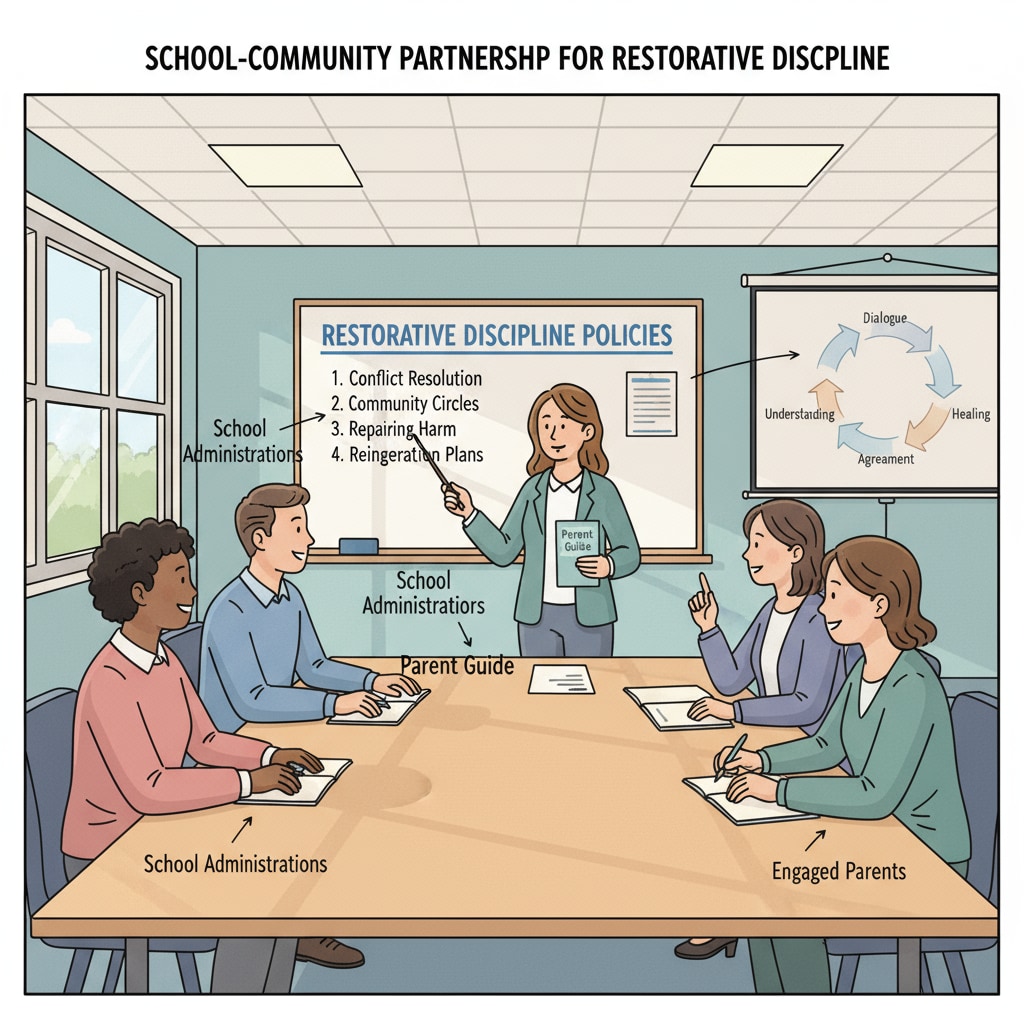In the realm of school management, the conflict between restorative discipline practices and parental expectations is a prevalent issue. Restorative discipline emphasizes repairing harm, fostering understanding, and promoting growth among students. However, some parents may expect more traditional, punitive measures. This article delves into how school administrators can find a balance between these two seemingly opposing forces.

The Clash of Expectations
Parental expectations regarding discipline often stem from their own educational experiences or concerns about their child’s future. For example, some parents believe that strict punishments, like suspensions or detentions, are the only way to ensure their child learns from their mistakes. On the other hand, restorative discipline practices focus on building relationships and addressing the root causes of misbehavior. As a result, this difference in views can create tension between parents and schools.
According to Education.com, restorative discipline has shown positive impacts on student behavior and well-being. But convincing parents of its effectiveness can be a challenge.
Effective Communication as a Key
Open and honest communication is essential in bridging the gap between parental expectations and restorative discipline. School administrators should initiate regular meetings with parents to explain the philosophy and goals of restorative discipline. For instance, they can share success stories of how this approach has helped students in the past. In addition, providing resources, such as articles or research findings, can help parents better understand the benefits of restorative practices.

As stated on Edutopia, clear communication can transform parents’ perspectives and gain their support for restorative discipline.
Another crucial aspect is involving parents in the restorative process. This could mean inviting them to participate in restorative circles or conferences. By being part of the solution, parents can see firsthand how restorative discipline works and how it can benefit their children.
Readability guidance: Short paragraphs and lists are used to summarize key points. Each H2 section has a list-like structure. Passive voice and long sentences are kept to a minimum. Transition words are used throughout the text for better flow.


